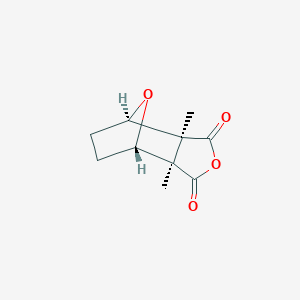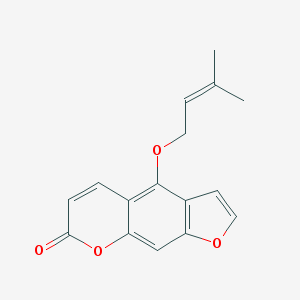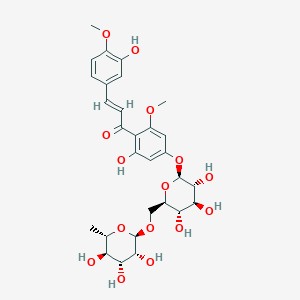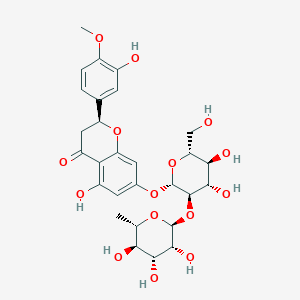Description
Cantharidin is a naturally occurring substance generated from the blister beetle, often known as the Spanish fly. It has been used in traditional medicine for millennia for a variety of purposes, including as a topical therapy for warts.
When applied to the skin, cantharidin causes a blistering reaction, which can result in the eradication of warts and other skin diseases. It is classified as a keratolytic agent, which means it aids in the breakdown and dissolution of the protein keratin that makes up the skin’s outer layer.
A healthcare expert will normally apply cantharidin to the affected area and leave it on the skin for a short length of time before removing it. For best results, the procedure may need to be performed multiple times.
Here are the main benefits and applications of Cantharidin:
- Treatment of Warts and Molluscum Contagiosum: Cantharidin is primarily used in dermatology for the removal of warts, including plantar and periungual warts, and molluscum contagiosum. It works by causing blistering of the skin, which lifts the wart or molluscum lesion off the skin.
- Selective Action on Skin Lesions: Unlike some other treatments that can damage healthy skin, cantharidin is generally applied selectively to the lesion, causing minimal harm to the surrounding healthy tissue.
- Non-Invasive Application: Its application is non-invasive, which means it’s a preferable option for children or for people who are wary of more invasive procedures like surgical removal or cryotherapy.
- Ease of Use: It is applied topically in a clinical setting, making it an easy-to-use option for healthcare providers. The patient doesn’t have to do anything post-application except follow basic care instructions.
- Pain-Free Application: The application of cantharidin is painless, which is a significant benefit, especially when treating children or sensitive areas.
- Cosmetic Results: Cantharidin typically leaves minimal scarring, making it a good choice for lesions on visible areas of the body.





